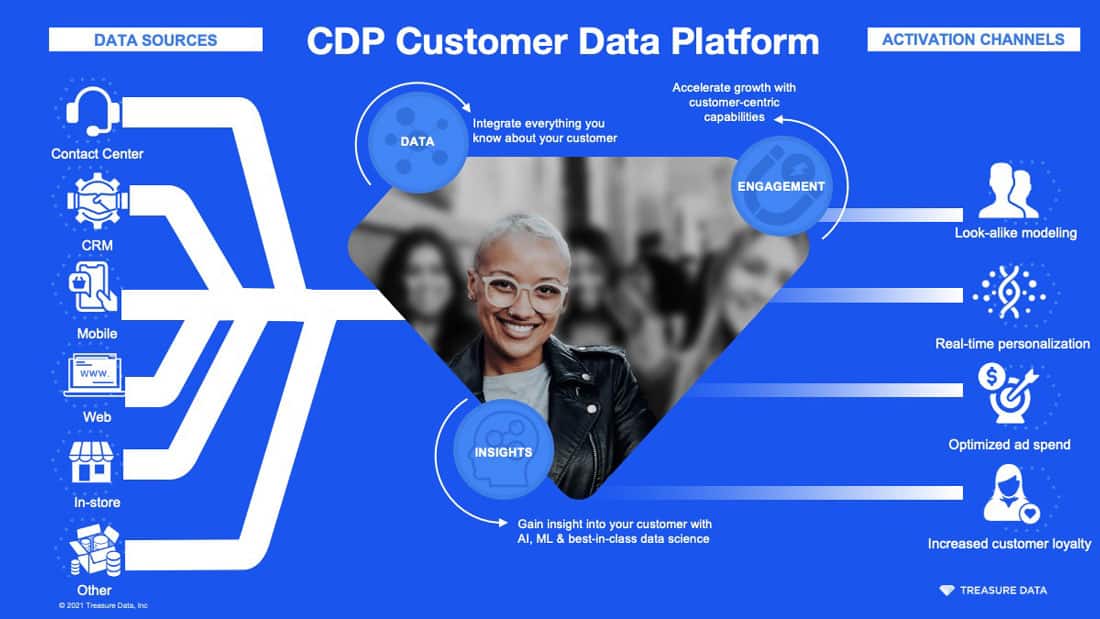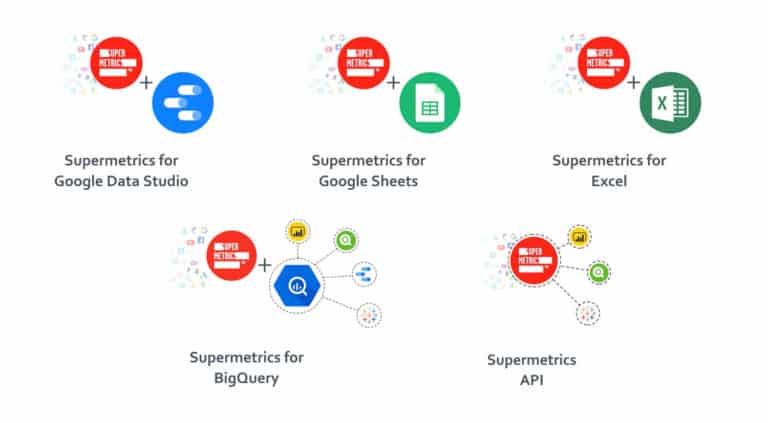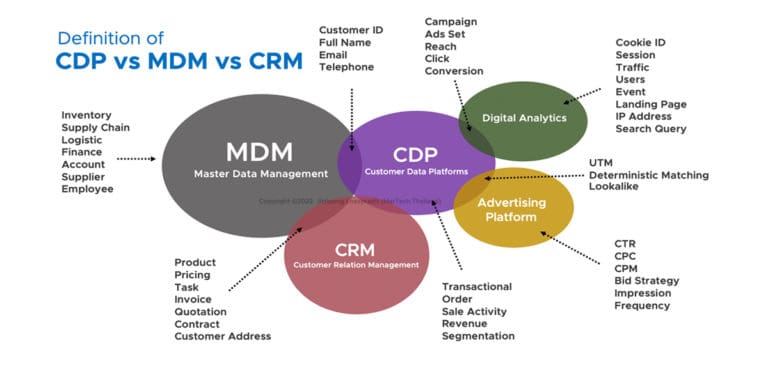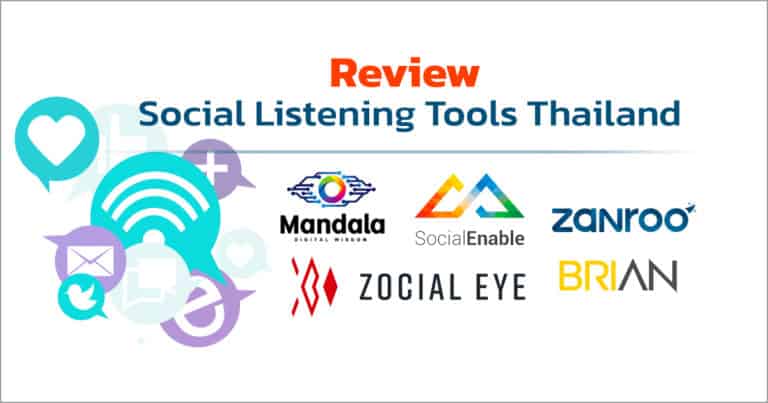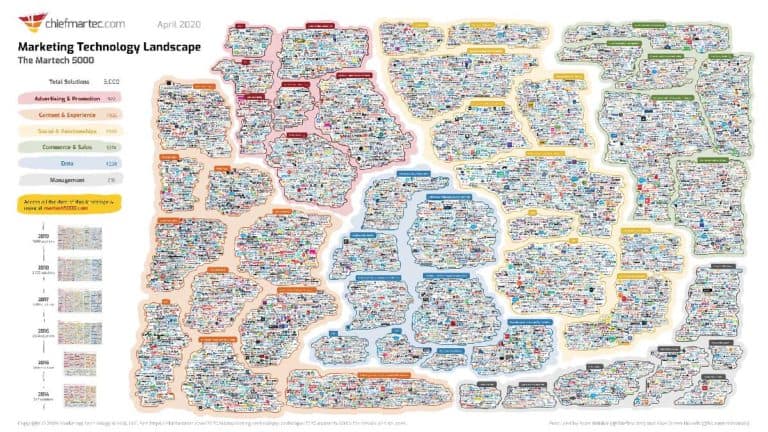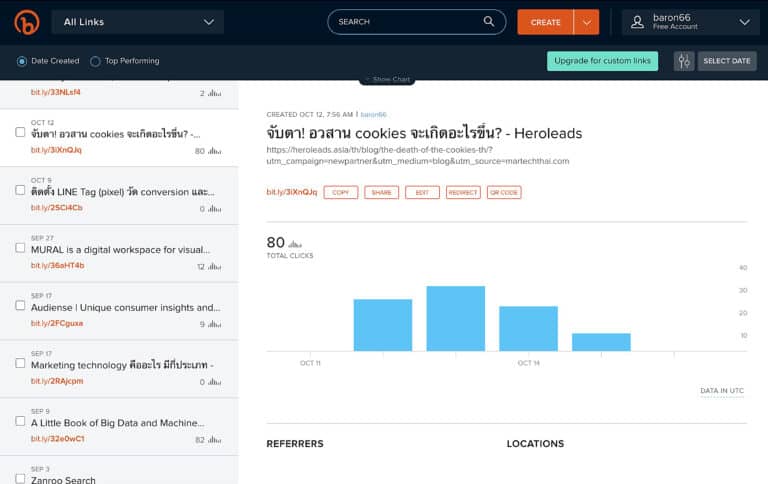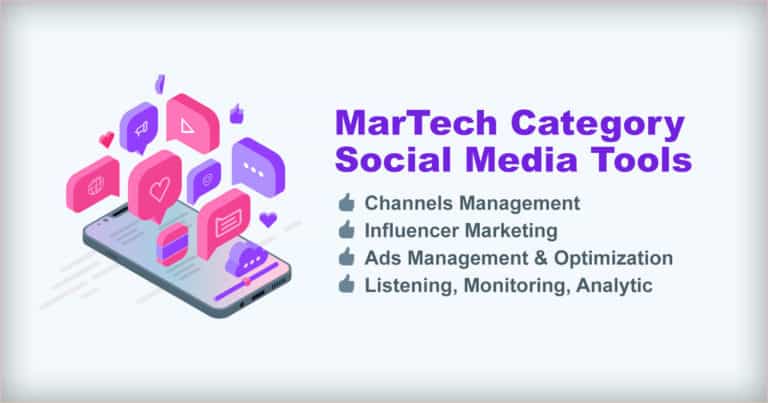What is Treasure data & Benefit of Unify Customer Data via CDP
This post is also available in:
 Thai
Thai
Advertorial from Treasure data & ADA Asia

Utilizing All of Your Customer Data to Deliver Personalized Experiences with CDP
Why is CDP Needed?
1. The Buyer Journey is OmnichannelCustomer Journey
Consumers interact with brands through multiple channels. All together, these touchpoints generate a great deal of data. When a company has the means to stitch the data together, create a single customer view and act quickly and automatically on insights, it can engage in the right way, even within a narrow window of opportunity.
2. Customers Demand Personalization
Customers are more likely to open emails addressing them by their first names, respond to campaigns providing a solution to their specific needs, and become advocates of brands that understand their unique identity.
Furthermore, customers expect brands to know where they are in the buying process. For example, a customer who’s already bought a dishwasher will feel annoyed to receive further advertisements for the same product in the future.
With unified data in a CDP, it’s easy to efficiently deliver the right personalized messaging at the right time, and at scale.
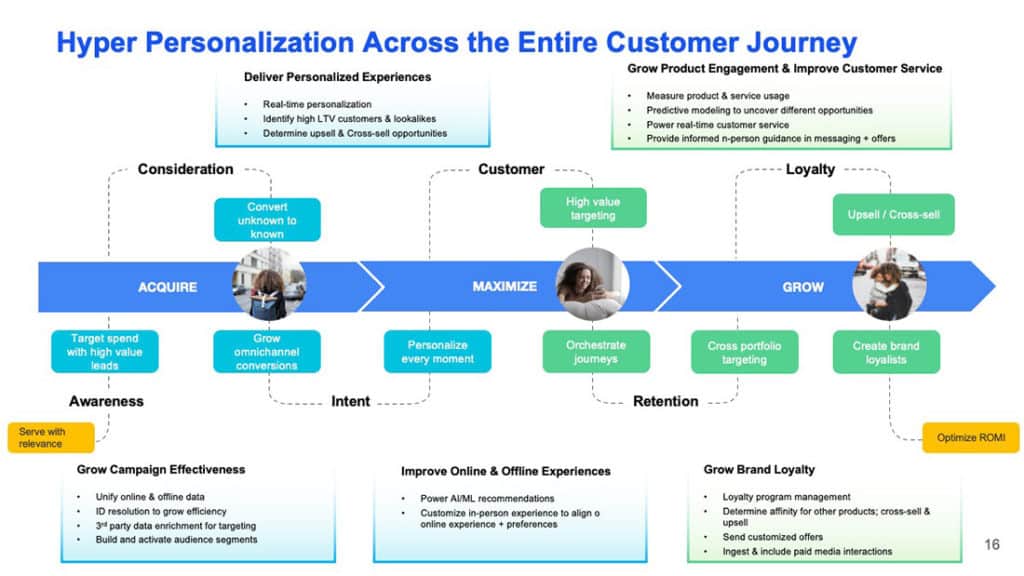
3. Customer Experience is Crucial
No matter how good a product is, customers won’t develop loyalty to a brand unless the buying process has been a good experience. And the key to a seamless customer experience is processing and acting on data, quickly and correctly. When customer data is used to create real-time buyer profiles, it becomes easy to determine who the customers are and what they’re looking for at any particular moment. Then your customer data platform can automatically send the right messages for each trigger.
4. Marketers Are Drowning in Data
The volume of data that comes into a business is simply too high for any marketing team to thoroughly process manually. You’re likely missing key insights and opportunities if you’re relying on manual analytics—doubly so if you’re responding to insights manually.
In addition to the sheer amount of data, it is constantly changing. For example, the moment a customer buys a product, the whole buyer profile changes. When marketers aren’t able to keep up with these changes, they can’t approach customers with the most compelling messaging.
Download our Whitepaper to learn more about CDP
Customer Data Orchestration Step-by-Step
You can start building your data orchestration workflow in four steps:
1. Collect Data
The first step is to connect your customer data streams to your CDP. The more data your CDP has to work with, the more complete its customer profiles will be. Connect as many data sources as you can, including these 12 essential customer data sources:
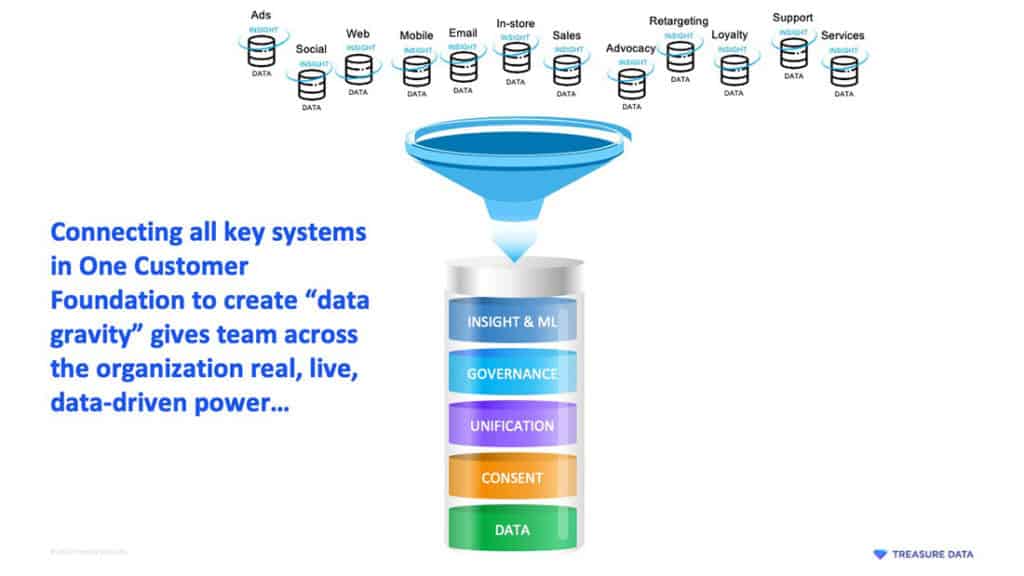
- In-store and online sales
- Web browsing
- Survey
- Customer service
- Sales department
- Ad platforms
- Web analytics
- CRM
- Loyalty programs
- Mobile apps
- Offline/legacy data
- Wearables & IoT
2. Sanitize and Consolidate Data
In this step, a CDP continually goes through the following processes, guided by artificial intelligence (AI) and machine learning (ML) algorithms:
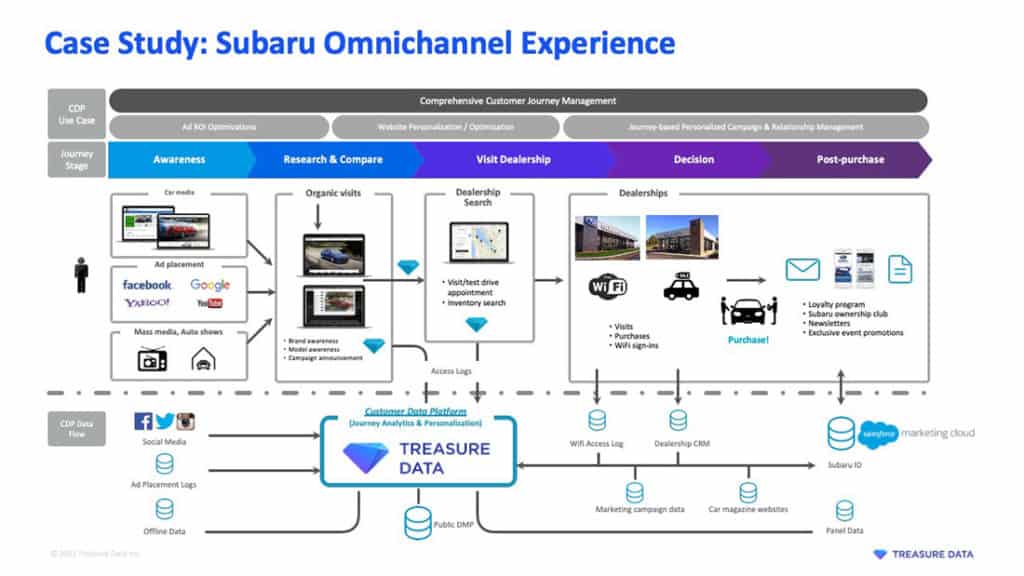
Ingests and stores data: It’s not all about personal data from customers. A good CDP also stores unstructured data like customer reviews and website visits, CRM data, and loT data. This makes it easier to create accurate customer profiles
Identifies matching data across channels: A CDP can collect similar customer information across different channels. These include identical names and addresses on different platforms and storing an individual’s varied identifiers. In some cases, external directories are also used
Cleanses data: This entails removing old leads, clearing duplicate or corrupt records, and cleaning outdated information. With the right CDP, it’s possible to have this done in real time, so customer profiles are always accurate.
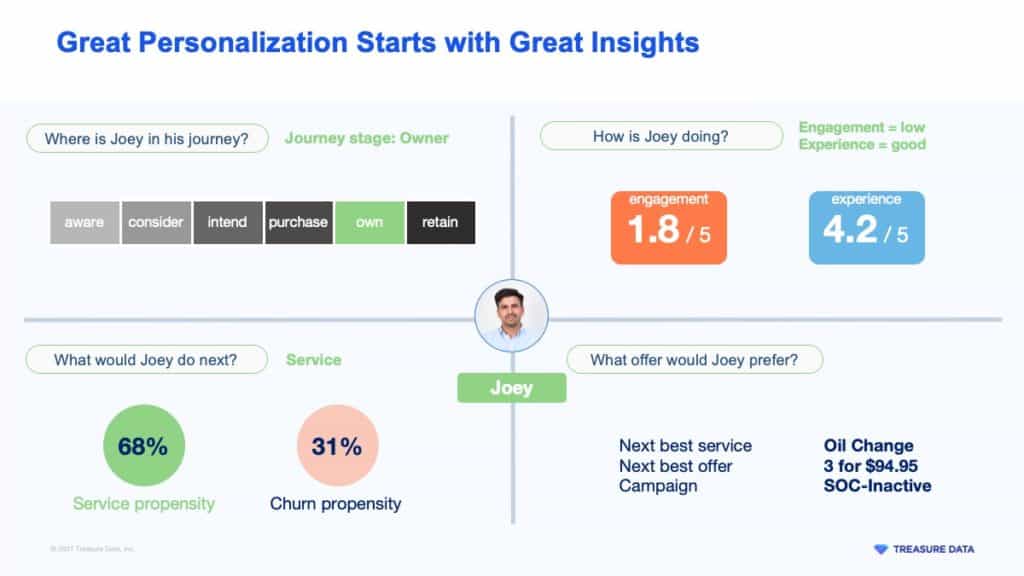
3. Create Profiles and Enrich with Third-Party Data
A CDP unifies all the data relating to the same person—including third-party data—to create a single, holistic customer view.
This automated data enrichment enables deeper insight than you might get with just your company’s first-party customer data.
4. Analyze for Insight & Act
Now it’s time for the CDP to identify trends and insights you need, then activate incredible personalized experiences.
CDPs Help Companies Create Excellent Customer Experience
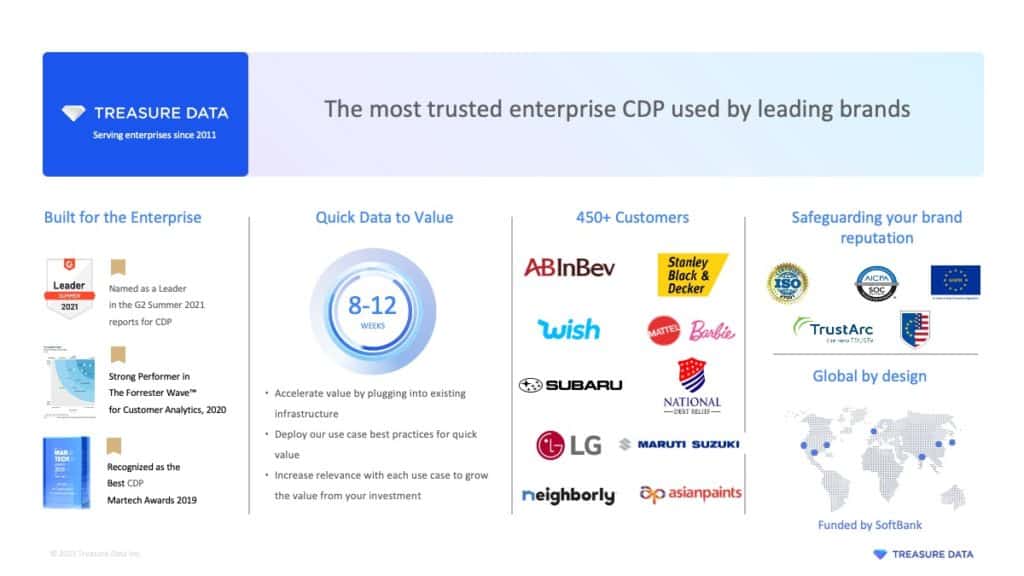
The massive amount of data available to marketers holds the potential to make our marketing more relevant, personalized, and effective at scale. But right now, much of a company’s customer data is underused or misused—stuck in silos that give marketers an incomplete picture of each customer. By the time we figure out where the customer is on their journey, they’ve already moved on.
CDPs solve the data problems, helping marketers achieve closer to real-time personalized action on the touchpoints that matter most. With the right CDP as the foundation, your tech stack—and all its many parts—starts playing like a flawless symphony.
The massive amount of data available to marketers holds the potential to make our marketing more relevant, personalized, and effective at scale. But right now, much of a company’s customer data is underused or misused—stuck in silos that give marketers an incomplete picture of each customer. By the time we figure out where the customer is on their journey, they’ve already moved on.
CDPs solve the data problems, helping marketers achieve closer to real-time personalized action on the touchpoints that matter most. With the right CDP as the foundation, your tech stack—and all its many parts—starts playing like a flawless symphony.
Download our Whitepaper to learn more about CDP

